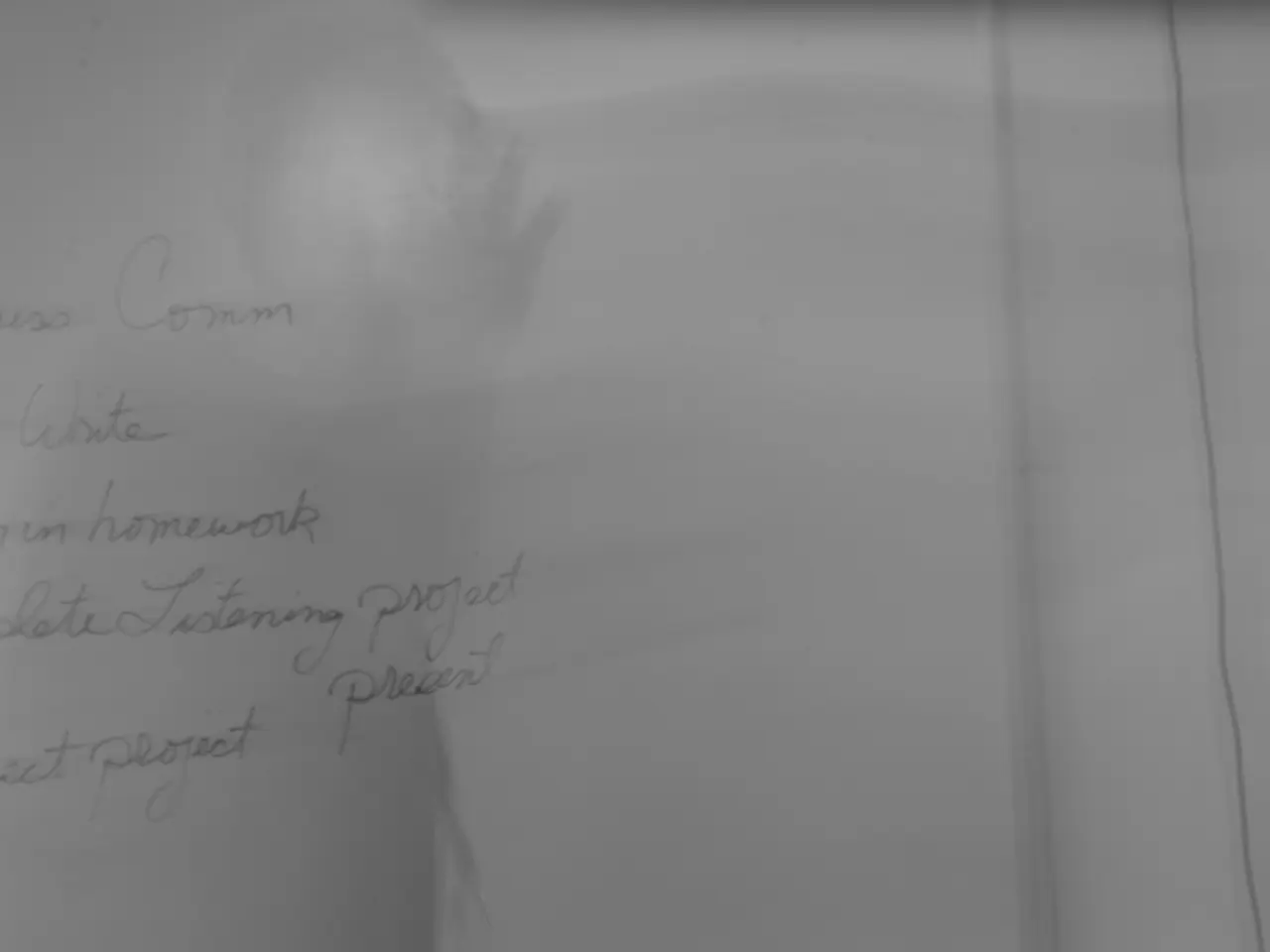Exploring Aotearoa New Zealand's Journey into the Cosmos - A Primer
Aotearoa New Zealand's space industry is experiencing a significant surge, driven by strategic government investment, groundbreaking research projects, and emerging defense capabilities.
At the heart of this growth is the concept of Kaitiakitanga, or care and guardianship for the natural world, which is integral to projects such as the Tāwhaki Joint Venture in the space industry. This commitment to sustainability is reflected in various initiatives, including the use of satellite imagery for conservation efforts and geohazards monitoring.
Key figures in the early days of New Zealand's space sector include Mark Rocket and Peter Beck, pioneers who played crucial roles in the establishment of Rocket Lab. Today, Rocket Lab continues to make waves with its vision to "make space more accessible" and the use of its Electron rocket to launch satellites into orbit.
The space sector in Aotearoa New Zealand is thriving, with over 5,000 people directly involved and contributing nearly NZ$2.5 billion to the economy in 2023-24. The government aims to double the size of the space and advanced aviation sectors by 2030 through its New Zealand Space and Advanced Aviation Strategy 2024-2030.
One of the most notable research programmes is MethaneSAT, a satellite mission funded by the government that can measure methane emissions from anywhere on Earth and track them back to their origins. This mission, which involves leading NZ atmospheric researchers, enhances climate science capabilities and supports global methane emissions monitoring to combat climate change.
Space debris is a concern in the industry, and innovative research programmes in Aotearoa are working to track and minimise the danger. A game that cleans up space junk is an activity that provides both fun and inspiration for students.
The New Zealand Space Agency is the lead government agency for space policy, regulation, and sector development. A significant legislative development is the Outer Space and High-altitude Activities Act amendment, coming into effect on 29 July 2025. This new regulatory regime governs ground-based space infrastructure to ensure safe and responsible space use.
The space sector's rapid growth is also reflected in educational initiatives. The Hub, for instance, has curated space-related resources in topics such as satellites, astronomy, and rockets. Students can create a 3D cardboard model of their purpose-built satellite, interpret observations from satellite images, or even design and build a satellite for a specific purpose using the Build a Satellite interactive.
LUCY, a space research lab, is so tiny it can fit in your hand and tests technology that may one day help grow food on Mars. The activity supports multiple curriculum areas, including science, social sciences, technology, and digital technology.
The context for learning contains curriculum connections and pedagogical suggestions for getting the most out of the resources. Activities range from creating a space treaty that explores the issues of using space above the motu, to collecting data about slow slips and dark vessels, to scenarios for collecting data about albatross populations.
The Royal New Zealand Air Force has reactivated No. 62 Squadron, its first dedicated space unit focused on space domain awareness. This squadron will monitor and analyze space activities to protect national and international interests, reflecting New Zealand’s commitment to space security amid evolving geopolitical situations.
In conclusion, Aotearoa New Zealand’s space industry is positioning itself as an emerging player in the global space domain. With a focus on sustainability, innovative research, and defense capabilities, the country is making significant strides in the space sector.
[1] New Zealand Space Agency. (2024-2030). New Zealand Space and Advanced Aviation Strategy. Wellington: Ministry of Business, Innovation & Employment. [2] MethaneSAT. (n.d.). MethaneSAT New Zealand. Retrieved from https://methanesat.com/new-zealand/ [3] Outer Space and High-altitude Activities Act Amendment. (2025). Wellington: New Zealand Parliament. [4] Royal New Zealand Air Force. (2024). No. 62 Squadron. Retrieved from https://www.airforce.mil.nz/our-units/no-62-squadron/ [5] Collins, J. (2024, March 1). No. 62 Squadron reactivated to protect national interests. Retrieved from https://www.beehive.govt.nz/release/no-62-squadron-reactivated-protect-national-interests
- The New Zealand Space and Advanced Aviation Strategy 2024-2030, as outlined by the New Zealand Space Agency, emphasizes the integration of environmental-science, particularly in the area of climate-change, by proposing initiatives that utilize satellite imagery for conservation and geohazards monitoring.
- In addition to its focus on space-and-astronomy and technology, LUCY, a compact space research lab, fosters innovation by providing educational resources that support the growth of food technology on Mars, aligning with the concept of Kaitiakitanga to promote sustainability.




